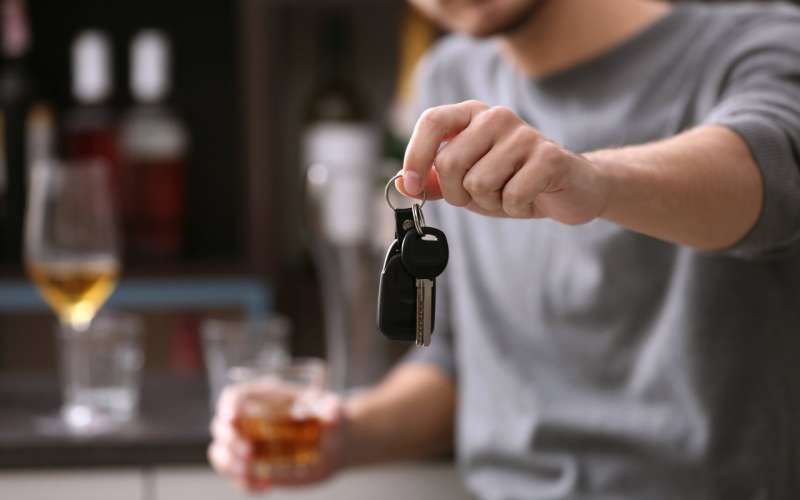Alcohol and driving. Credit: University of Seville
A study by University of Seville researchers has analysed the relationship between alcohol and road safety. Specifically, it looked at the impact of both social habits and legal regulation of alcohol consumption, such as the laws that dictate the maximum blood alcohol level.
Among the article's conclusions, the most important is that there is a direct relationship between the level of alcohol consumption in a country and the mortality rate on its roads. This relationship is especially clear in the case of young men. For this reason, is can be said that that there is a solid empirical base for justifying the development of targeted campaigns to prevent alcohol consumption in this demographic group.
According to researcher Lourdes López-Valpuesta, the prices of alcoholic drinks are a factor that is statistically significant in the relationship between drink-driving and the road accident rate. Thus, the more expensive alcohol is, the lower the fatality rate on a country's roads. With public deficit problems in different European countries, as is the case in Spain, an increase in the tax on alcohol sales would, according to the report's authors, be doubly justified. It would serve both to help maintain the welfare state, as well as control possible rises in the road accident rates.
On the other hand, the study draws attention to the fact that there appears to be no clear correlation between the legal stipulation of a blood-alcohol level of zero and a lower mortality rate. For Castillo, this is logical: "The current debate as to whether the blood-alcohol level should be zero in Spain doesn't make much sense. The experience of other European countries, especially in the east of Europe, shows that, on its own, this measure does not have a significant effect." For him, any additional effort that is made to ensure that drivers abide by the current blood-alcohol regulations will always have greater social benefits.
The results show that the strategies that attempt to limit consumption of alcohol are effective in reducing the road accident rate, even more so than other general road safety measures, like speed limits or penalty points on driving licences. Spanish road safety policy has to adapt via a micromanagement model with the aim of achieving maximum efficiency in a context in which there are probably no longer "miracle" measures that can be adopted.
Mercedes Castro-Niño says, "Although all the member states are aware of the need to address the problem, there are considerable differences in aspects of their approaches, like blood-alcohol limits, alcohol pricing and the application of alcohol control laws."
More information: José I. Castillo-Manzano et al. An assessment of the effects of alcohol consumption and prevention policies on traffic fatality rates in the enlarged EU. Time for zero alcohol tolerance?, Transportation Research Part F: Traffic Psychology and Behaviour (2017). DOI: 10.1016/j.trf.2017.06.017
Provided by University of Seville























